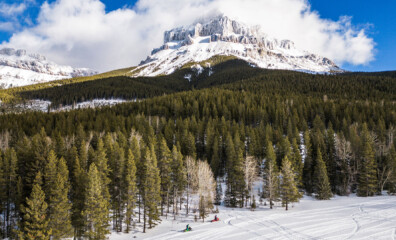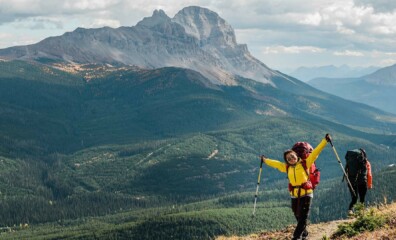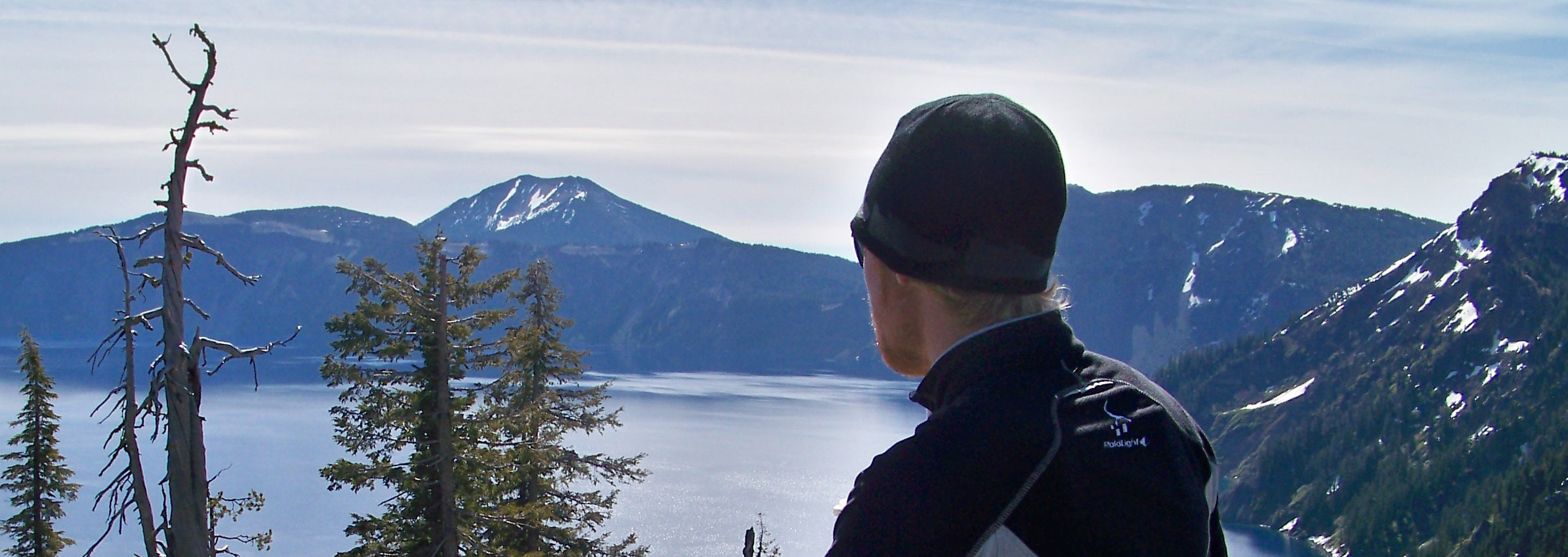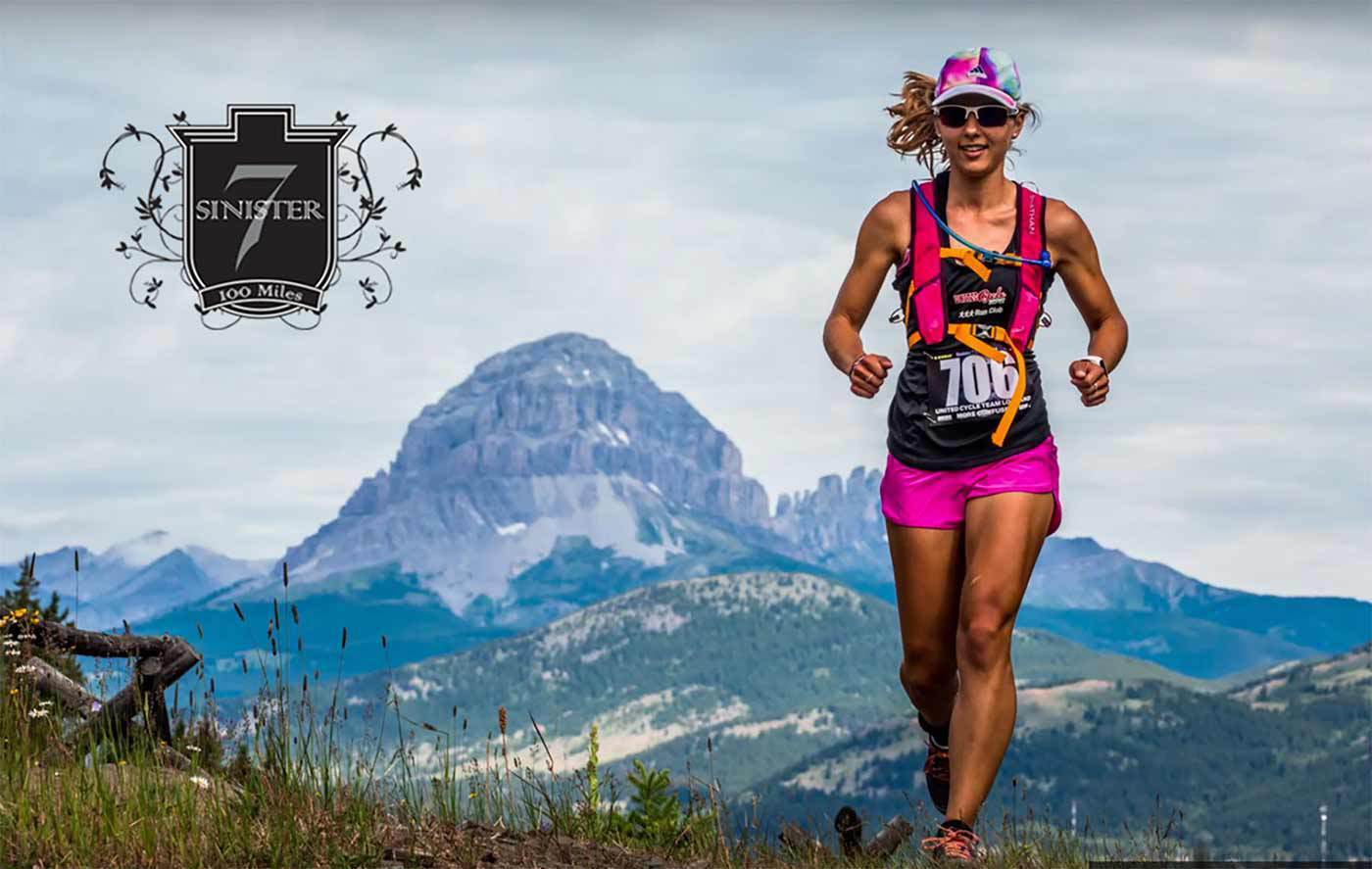A self-professed running and adventure addict, French ultramarathon runner Guillaume Arthus started long-distance running by mistake. Even though he completed a first half marathon (21.1 km) by accident (seriously), Guillaume has since raced in over 30 countries on four continents.
Guillaume works as a financial auditor in Paris, France, but you are more likely to find him chasing the most demanding running trails all around the globe. Guillaume is best known for starting Runnexplorer, a website where he shares his races and training regimes. You might recognize some of his videos – recorded along the dizzyingly high roads in the Himalayas to the rocky trails of the French Alps, and nearly everywhere in between.
In 2013, Guillaume ran the Sinister 7 Ultra for the first time, and is returning to The Pass in 2017 for the race’s tenth anniversary. As an experienced ultra runner and adventure junkie, Guillaume offers insight on the race that keeps him coming back to Crowsnest.
Q: What makes the Sinister 7 Ultra different?
The Crowsnest Pass community and the team of race organizers. It’s quite unique to see the symbiosis between a race team and an entire community in the valley. I have never seen this anywhere else. It’s like a big family, who all welcome the runners.
There are supporters at every Leg station, and the solo runners are able to chat with relay runners during the race which adds to the experience. It is very nice to be able to share in the fun with people we might not usually meet during races.
Sinister 7 is a very tough race. The trail is very technical and varied. It takes a lot from the runners, both from their feet and in their minds. On top of that, the cut-off time is no joke. Unlike other ultras, you have no chance of finishing if you are not running each leg fast enough. A tough cut-off makes crossing the finish line even more rewarding.
Q: Traveling from in Paris to Crowsnest Pass is a long trip. What keeps you coming back?
The people! When I arrived in The Pass, I was welcomed by locals and it was a brilliant experience. Brian Gallant, the race organizer, was a huge help in finding transportation from Calgary to The Pass. He connected me with Tamara Day, a relay runner, and she was kind enough to drive me out to The Pass from the Calgary airport.
Tamara had family in The Pass, and they had a house where I stayed. It was simple, yet everything was perfect: a warm welcome in an open house filled with smiling faces. Her family was even waiting for me at the finish line!
Q: What is your favourite part or leg of the course?
The race course is also very unique as each leg offers a very different set of landscapes. It’s quite hard to choose which one is the best leg, but I will go with Leg 3. This loop offers amazing views start-to-finish and the best cheer station I have ever seen in a race.
Q: Even with dedicated volunteers, runners need to be prepared for the best and worst-case scenarios on the course. What do you carry with you when running?
The Sinister 7 has a suggestion list for minimal items, but all runners take it as a mandatory kit. I carry all of the suggested gear on the list, as well as extra calories. During a 100-miler, you have to get ready in case of trouble. There is a reason why it’s called an Ultra. It will push you to your limits and even when you’re feeling your worst, you have to be able to survive it. Of course, in case of real trouble, the other runners will be the first responders and might even stop their own race for you. But you don’t want to be that guy, so be responsible; carry the survival gear and extra water.
Q: The Sinister 7 Ultra is known for being extremely challenging. How do you prepare for the race?
Races are supposed to be a celebration. Training is the hard part. For the Sinister 7, I replicate every single challenging point of the race in training. You can’t just get on the course and run the legs. Preparation means training specifically on elevation, night running, food and water management, backpack management, and trying out the gear. For example, a solo runner is expected to gain 5687m of elevation within the 30 hours allowed. To effectively prepare, you have to do hill repeats or big elevation sessions. I will typically plan a 7000m gain run one weekend as part of my training. That way, it feels easier during the race. You are still in control. This is very useful, not only physically but also mentally: before you hit the trail, you have already seen worse.
Q: What advice would you offer someone thinking about registering for the Sinister 7 Ultra?
Whether it’s your first 100 miler or not, you need to do the Sinister 7. You will never regret it. Make sure you have the relevant abilities in completing such event, and running experience within the 30-hour margin. If you don’t feel ready for it this year, train for it and register when you are. Your future self will thank you!
Quick-fire questions
Describe The Pass in three words.
Family, tough, beautiful.
Summer or winter?
Summer.
What did you want to be when you grew up?
Running videographer.
Favourite childhood book?
An Actor’s Handbook, by Constantin Stanislavski.
Are you an early bird or a night owl?
Night owl, I like to run all night long until the sunrise.
What was the last song you listened to?
Disclosure – You & Me (Flume Remix).
Favourite Crowsnest Pass memory?
A mile before the finish, when I realized I was actually doing it.
Favourite edible treat from Crowsnest Pass?
The special Sin7 coffee beans.
Cat or dog person?
Cat (I have been chased a little too much by dogs on the trails).






